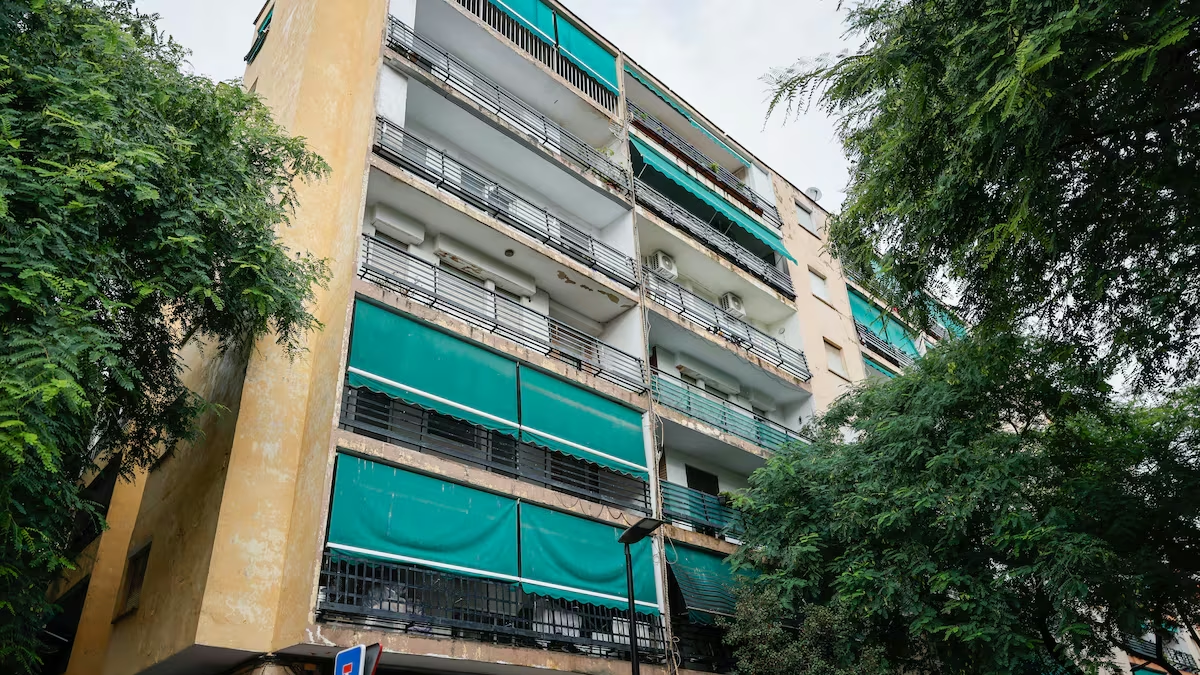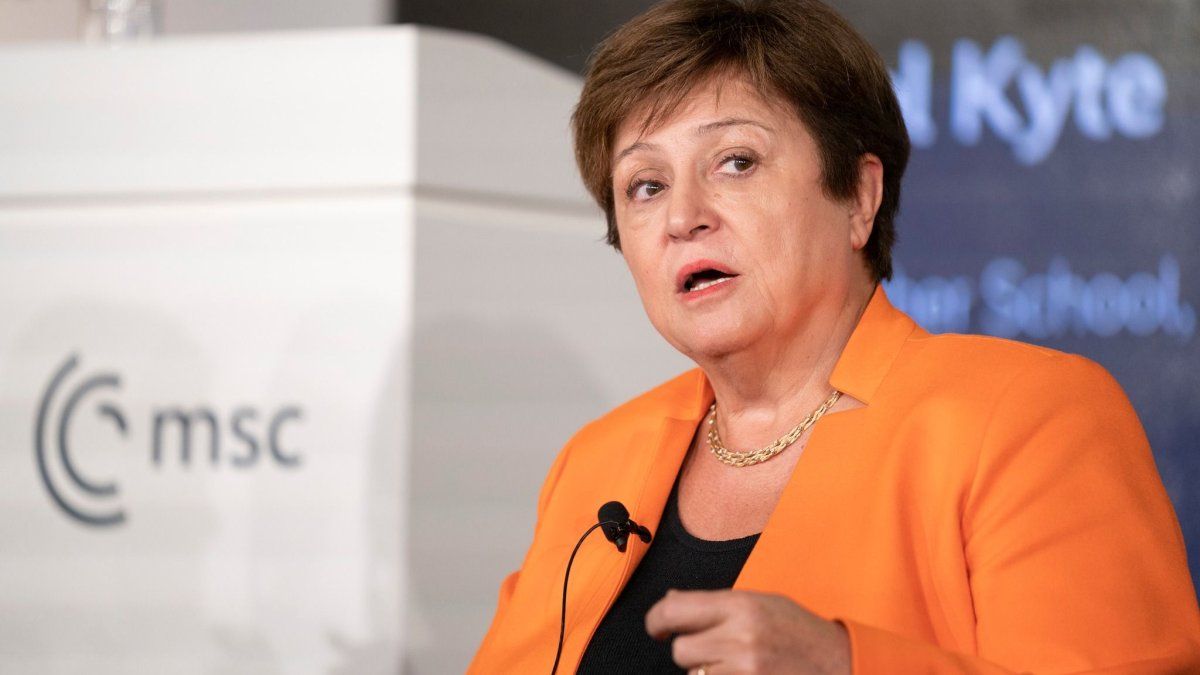With a share of 39 percent or over 77,200 children, Vienna is by far the leader, followed by Salzburg, Vorarlberg and Upper Austria. The urban centers such as the state capitals differ significantly from the average of the respective federal states. Salzburg and Vorarlberg, with shares of over 19 percent of foreign children between the ages of six and 15, hardly come close to Vienna. The same goes for Upper Austria with 18 percent. In Burgenland and Tyrol the share is just over 16 percent, in Carinthia it is around 15 percent. It is lowest in Lower Austria with 14 percent.
36 percent in Linz
However, there are also cities in the respective federal states that are significantly above these values. For example, the state capitals Linz and Graz with 36 and 34 percent respectively, which have a significantly higher share than their federal state and are therefore roughly in the same range as Vienna.
The contrast between the Upper Austrian average and the second largest city in the state is particularly strong: in Wels, around 2,600 of the 6,500 children between the ages of six and 15 do not have Austrian citizenship. This corresponds to four out of ten children and is therefore on a par with Vienna. If we only consider third-country nationals (i.e. excluding EU and EEA countries), the proportion is still 23 percent.
It is important to note that nationality does not necessarily say anything about language skills or possible language problems. In addition, there are also students who have Austrian citizenship but whose first language is another.
Some districts of Vienna at over 50 percent
In five districts of Vienna, the proportion of children from third countries between the ages of six and 15 is over 30 percent. If we look at the total proportion of children with non-Austrian citizenship, some districts have over 50 percent (Rudolfsheim-Fünfhaus, Margareten) or 40 percent (including Brigittenau, Favoriten, Ottakring).
Compared to the total number of foreign citizens, the number in the younger age group is generally higher. This is evident from the population data from Statistics Austria from April 2024. The influx of schoolchildren via family reunification has recently become a political issue. The federal states themselves were unable or unwilling to provide any concrete figures on this when asked.
Increase in Ukrainian citizens
However, the population data at least show a significant increase in the number of Ukrainian citizens since the outbreak of the Russian war of aggression against Ukraine in February 2022. On April 1, there were 13,000 Ukrainian school-age children throughout Austria, more than 4,700 in the federal capital alone. Here, too, children account for 1.5 percent, which is again above the general proportion (0.9 percent).
What is interesting is that Ukrainian schoolchildren are found in Vienna in wealthier districts, such as the Inner City, Neubau and Wieden. The situation is different for children with Syrian or Afghan citizenship. They are more likely to be found in districts where the general proportion of third-country nationals is already high, such as Favoriten, Ottakring or Margareten.
Since 2015, the proportion of children from third countries in Austria has generally increased significantly. Nine years ago, around 7.5 percent came from non-EU countries, but as of April this year, the figure has risen to over twelve percent. The general proportion for all age groups is around nine percent; an increase of around three percentage points since 2015.
The Vienna districts of Margareten (up almost 15 percentage points), Meidling and Floridsdorf (both around 13) recorded particular growth among six- to 15-year-olds. These are all districts in which the proportion was already at a high level.
This high proportion of children with foreign citizenship also corresponds to the districts of Vienna where, according to the City of Vienna, many children have problems with German. These exceptional students are those who cannot follow the lessons.
A request from the Vienna ÖVP at the beginning of the year had shown that Margareten (68 percent), Ottakring and Brigittenau (57 percent each), Favoriten (54 percent) and Meidling (51 percent) are the districts where the proportion of schoolchildren with language problems is particularly high. However, the figures from that request date from 2022.
My themes
For your bookmarked topics
new articles found.
info By clicking on the icon you add the keyword to your topics.
info
By clicking on the icon you open your “my topics” page. You have of 15 keywords saved and would have to remove keywords.
info By clicking on the icon you remove the keyword from your topics.
Add the topic to your topics.
Source: Nachrichten




